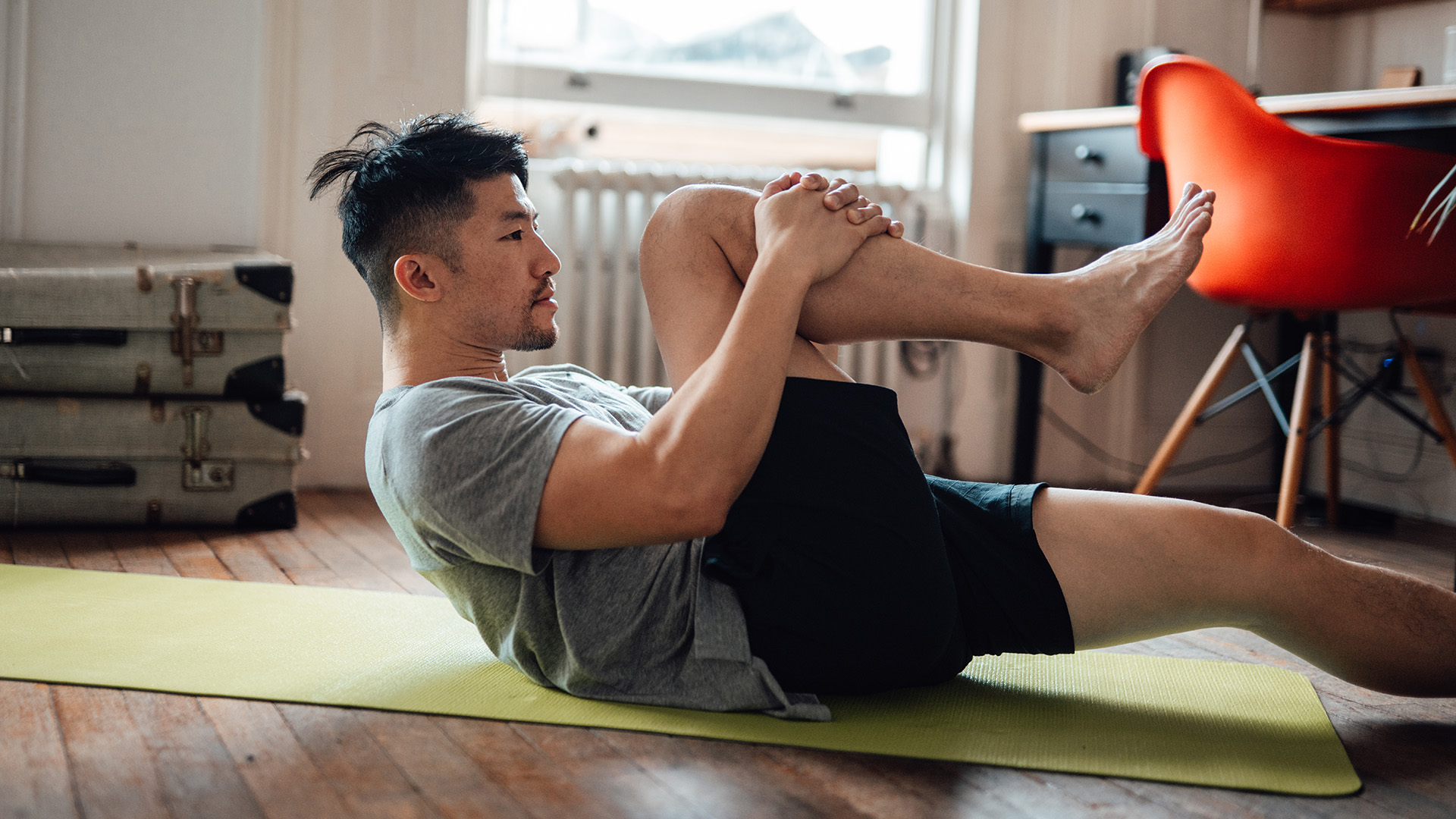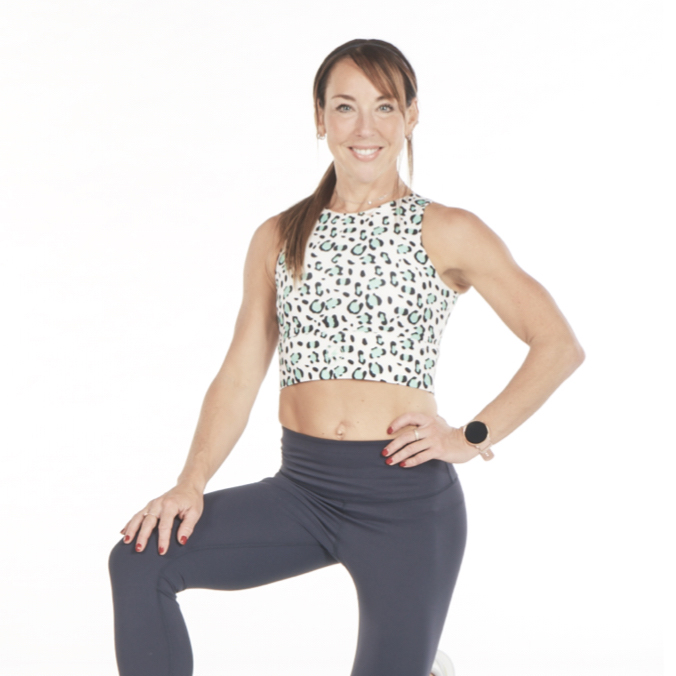Forget squats – activate your glutes and beat injury with this powerhouse exercise
Say goodbye to squats and hello to glute activation


Let’s face it – squats aren't for everyone. Whether it’s knee pain, boredom, or just a general dislike for the movement, many people shy away from this staple exercise. But the good news is, building strong, functional glutes doesn’t hinge on doing squats. In fact, there’s a smarter way to activate and strengthen your glutes that doesn’t involve loading up a barbell or doing endless reps.
Your glutes are the powerhouse of your body — they play a crucial role in everything from walking and running to lifting and stabilizing your core. When these muscles are weak or disengaged, it’s easy to develop imbalances that can lead to injuries, particularly in the lower back and knees. But when properly activated, strong glutes can enhance your athletic performance, improve your posture, and keep you injury-free.
The best part? You can get all these benefits with a simple, highly effective exercise that targets your glutes more directly than a squat ever could. It’s time to rethink your approach to glute training and discover this powerhouse move that will transform your workouts.
The glutes
The gluteal complex is the powerhouse of your body. It also happens to be the biggest and strongest muscle in the body — well, at least, it should be.
It doesn’t matter if you’re a top athlete or an average Joe; all humans need strong glutes. Because, whether you realize it or not, your glutes do so much for you every single day: walking, running, climbing, squatting, pushing, pulling and lifting; you name it, they’re needed - and therefore need to be working to their full potential.
There is one exercise you probably haven't tried that strengthens your glutes like no other. The Single Leg Wall Bridge is an exercise that trains every function of your gluteal complex. That means it hits hip extension, hip abduction, single-leg balance and stability as well as loading and forcing the glutes to contract.
The position of the foot on the wall will work the glute and the hamstring, whilst hugging the other leg will manipulate the body into a position where the glutes are forced to do as muscular work as possible without the lower back taking over and taking charge of the movement. You're also pushing into the wall with your heels rather than your toes which again forces the glutes to fire up as it works to raise the hips and pelvis.
Get all the latest news, reviews, deals and buying guides on gorgeous tech, home and active products from the T3 experts
How to do it
This movement has a similar initial setup to the regular glute bridge except one leg is bent and hugged into the chest whilst the other foot pushes into the wall to drive up the hips.
To start the move lay flat on your back with your left foot positioned on the wall, making sure your legs and hips are square. The other leg should be hugged tight into your body.
Rest your left arm next to your body, then push your left foot against the wall while simultaneously lifting your pelvis and keeping your head and shoulders on the ground and your hips square.
Without letting your hips dip to one side, hold the hips up high for 5-10 seconds and really squeeze your glutes hard; to activate the glutes further you can rest your hand along your glutes where you should physically be able to feel the muscles contract.
Lower your pelvis slowly before driving your foot into the wall to lift again. Repeat 12-15 times on each leg for three sets.
When training glutes a low load and high frequency is the approach to activation; that’s why the reps are high.
One last tip
To get even more out of this glute exercise then don’t forget to implement the mind-muscle connection by focusing on the muscle group you’re using (in this case, your glutes) to help increase muscle activity.
If you want to activate the glute even further then simply touch the muscle at the top of the move and feel the squeeze. Not only will this encourage you to feel the muscles physically contract, but it also puts even more focus on your glute muscles, which makes sure they are firing as hard as they possibly can during the move.
The mind-muscle connection simply means focusing on the muscle group while you’re performing the exercise to improve the recruitment of that muscle, which, according to a study in the European Journal of Sport Science, will increase the stimulation of those muscles - and greater stimulation can only mean one thing: greater growth.

Lucy Miller is a journalist, Level 3 Personal Trainer, Nutritional Advisor and Children’s Fitness Specialist. She holds fitness qualifications from NASM Training and Premier Training International and has been a fitness journalist and fitness (and cover) model for over 20 years. Since going freelance in 2014, Lucy left Men’s Fitness Magazine to write for an abundance of top consumer titles such as Women’s Health, Women’s Fitness, Waitrose, The Times, The Guardian and Runners World.
She’s also extremely passionate when it comes to educating others about health and physical activity and loves inspiring and working with children and adults to help make fitness fun, sustainable and accessible. In her spare time, Lucy is ever the sportswoman. Once a national gymnast, having won three national titles, she has also run a handful of marathons around the world and loves to test her physical and mental side with daily running and gym sessions, not to mention ballet, bootcamp, boxing and TRX.
